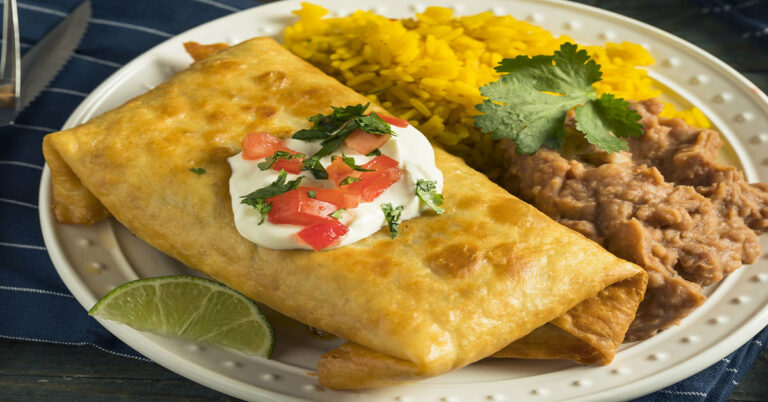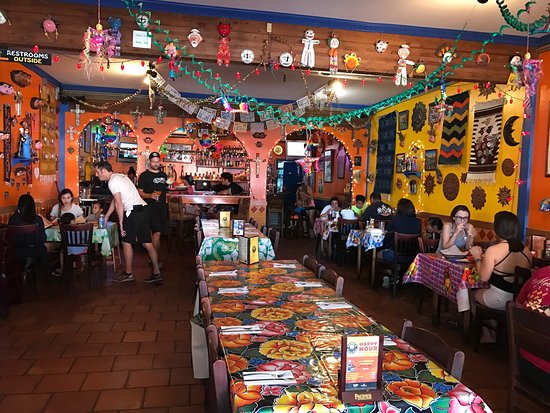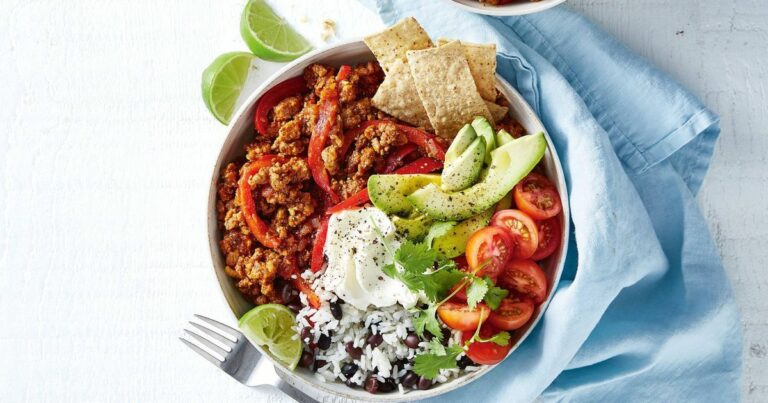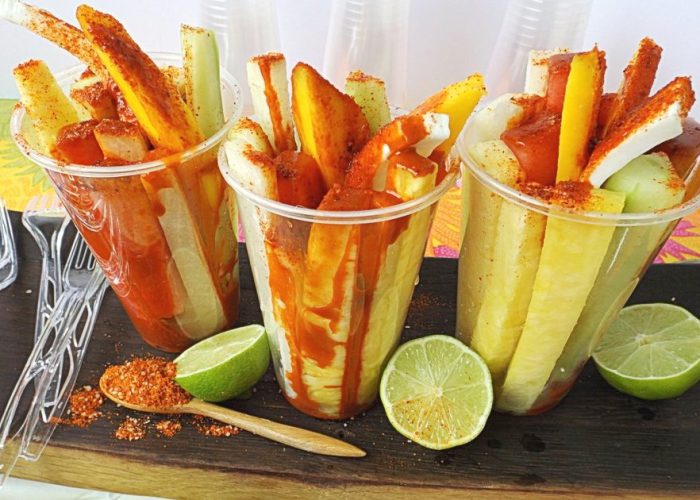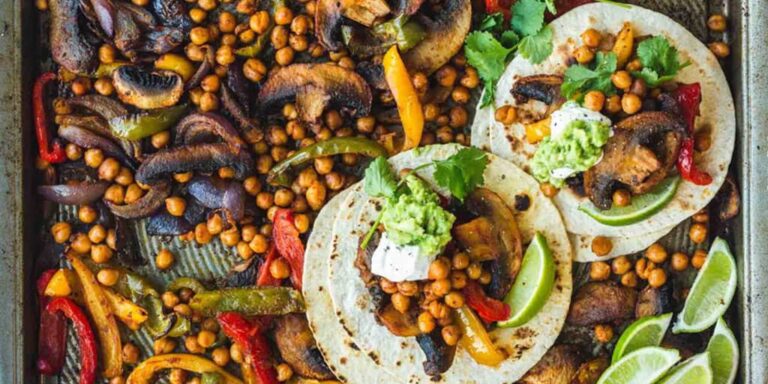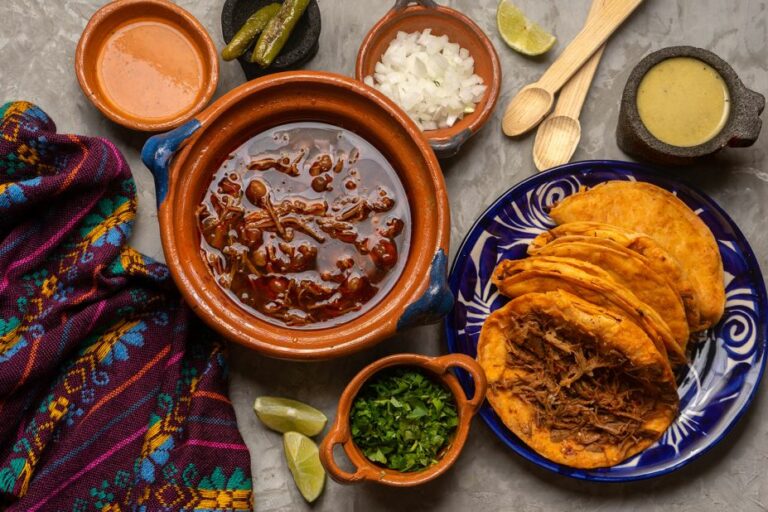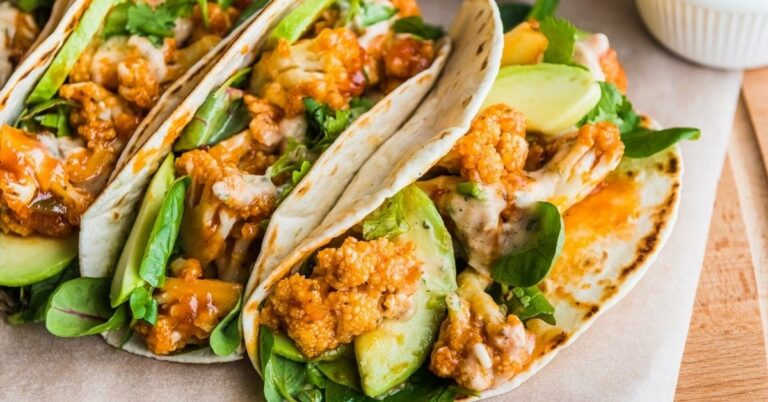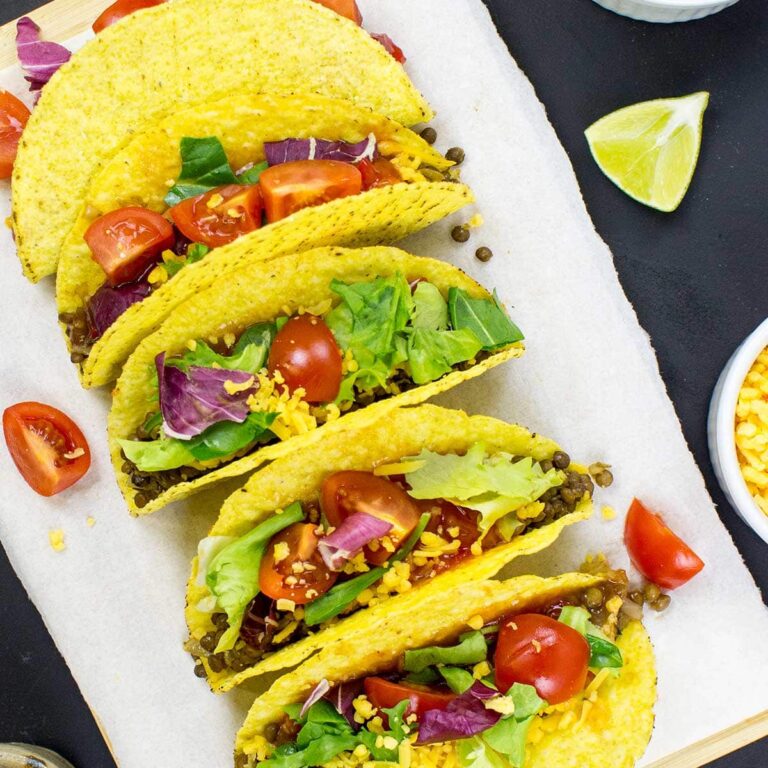Introduction: What is Mexican cuisine?
Mexican cuisine is one of the most popular and well-known cuisines in the world, known for its spicy and flavorful dishes. It is characterized by the use of fresh ingredients, bold spices, and a wide range of cooking techniques. Mexican cuisine can be traced back to the Aztec and Mayan cultures and has evolved over time with the influence of Spanish and other European cultures.
Regional variations in Mexican cuisine
One of the fascinating aspects of Mexican cuisine is the regional variations that exist across the country. Each region has its own unique food culture, ingredients, and cooking techniques, which make Mexican cuisine diverse and rich.
Northern Mexican cuisine: meat and spices
The northern region of Mexico is known for its hearty and spicy dishes, which are heavily influenced by the cowboy culture. Beef, pork, and goat are the most commonly used meats in this region and are usually cooked on a grill or over an open flame. Some of the popular dishes from this region include carne asada, cabrito (roast goat), and machaca (dried meat). Spices like cumin, oregano, and chili powder are also commonly used in the dishes from this region.
Southern Mexican cuisine: seafood and spices
The southern region of Mexico is known for its seafood-based dishes, which are heavily influenced by the Pacific and Gulf of Mexico. Fish, shrimp, and octopus are the most commonly used seafood in this region and are often cooked in a variety of ways, including grilling, frying, and boiling. Some of the popular dishes from this region include ceviche, seafood soup, and shrimp tacos. Spices like cinnamon, clove, and allspice are also commonly used in the dishes from this region.
Central Mexican cuisine: corn-based dishes
The central region of Mexico is known for its corn-based dishes, which are a staple in the Mexican diet. Corn is used to make a variety of dishes, including tortillas, tamales, and pozole (a traditional soup made with hominy and meat). This region is also known for its use of chili peppers, which are used to add flavor and spice to many dishes.
Conclusion: Diversity and richness in Mexican cuisine
In conclusion, Mexican cuisine is a diverse and rich food culture that varies from region to region. Each region has its own unique food traditions, ingredients, and cooking techniques, which make Mexican cuisine one of the most vibrant and flavorful in the world. Whether you are in the north, south, or central region of Mexico, you are sure to find a dish that will tantalize your taste buds.

